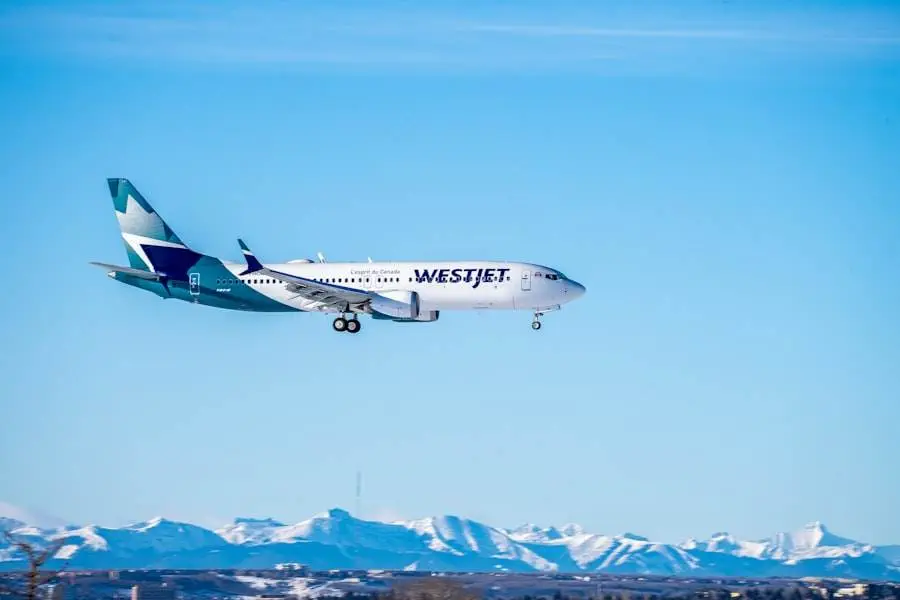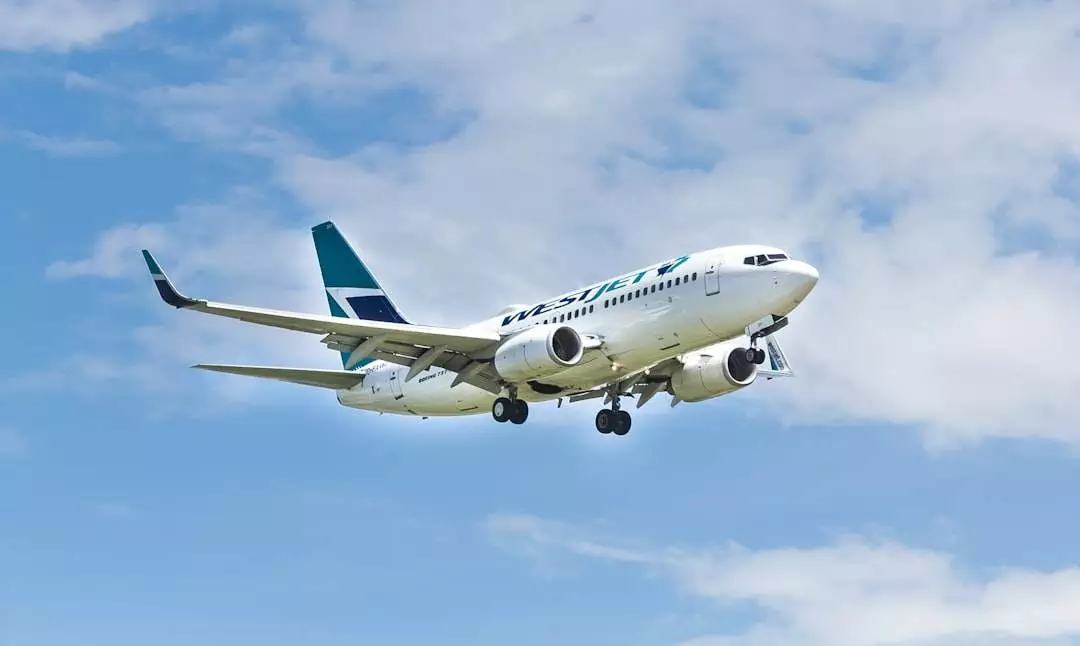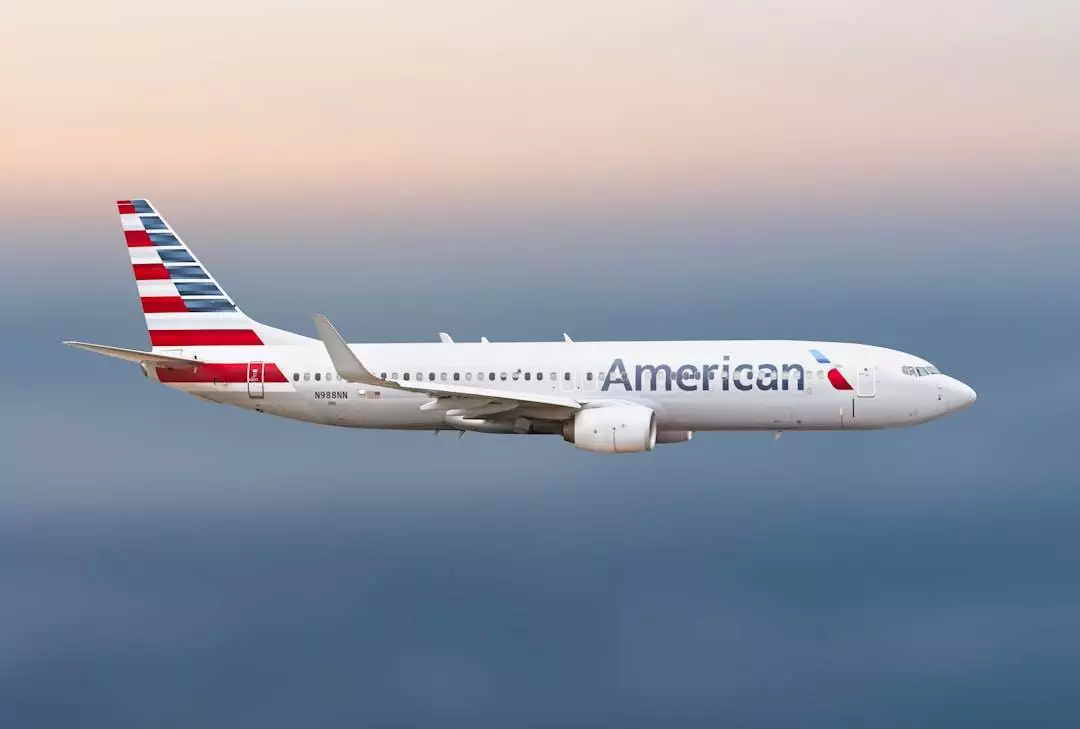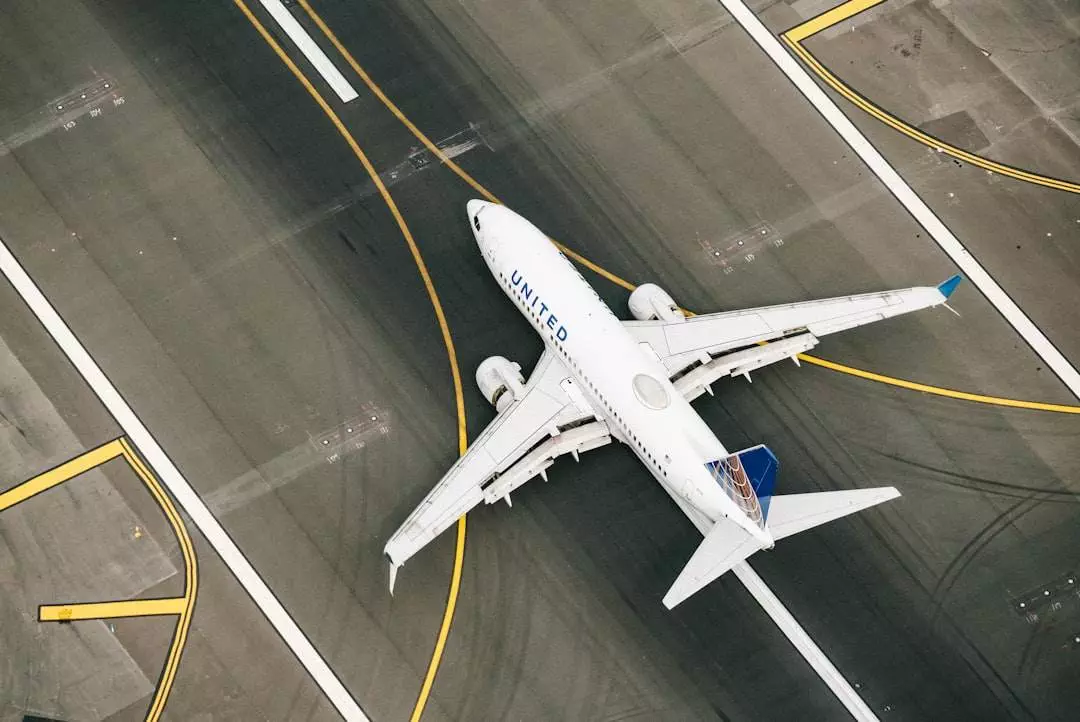The preparation for a flight is a multifaceted process that requires meticulous attention to detail and a thorough understanding of the operational protocols. Before the aircraft even leaves the ground, flight attendants must engage in a series of pre-flight checks and briefings. This includes reviewing the flight plan, understanding the passenger manifest, and familiarizing themselves with any special needs or requests from passengers.
For instance, if there are unaccompanied minors or passengers with disabilities on board, flight attendants must be prepared to provide additional assistance and ensure their comfort throughout the journey. Moreover, preparation extends to the physical environment of the aircraft. Flight attendants are responsible for inspecting the cabin to ensure that it is clean, organized, and stocked with necessary supplies.
This includes checking the availability of food and beverages, ensuring that safety equipment is in place, and confirming that emergency exits are unobstructed. A well-prepared cabin not only enhances the passenger experience but also contributes to overall safety. The importance of this preparatory phase cannot be overstated; it sets the tone for the entire flight and can significantly impact passenger satisfaction.
Key Takeaways
- Preparing for a Flight:
- Arrive at the airport early to allow time for security checks and potential delays.
- Pack essential items in your carry-on, including medications, a change of clothes, and important documents.
- Check the airline’s website for any updates or changes to your flight schedule.
- In-Flight Service:
- Be attentive to passengers’ needs and provide prompt and courteous service.
- Offer assistance with luggage, seating, and any in-flight amenities.
- Maintain a professional and friendly demeanor throughout the flight.
- Dealing with Difficult Passengers:
- Remain calm and composed when addressing challenging situations.
- Listen actively to the passenger’s concerns and try to find a resolution.
- Seek assistance from the flight crew or supervisor if the situation escalates.
- Safety Tips:
- Familiarize yourself with the aircraft’s safety features and emergency procedures.
- Keep aisles and exits clear of obstructions during the flight.
- Stay alert and prepared to assist passengers in the event of an emergency.
- Maintaining Professionalism:
- Dress in accordance with the airline’s uniform and grooming standards.
- Communicate clearly and respectfully with passengers and colleagues.
- Uphold the airline’s policies and procedures at all times.
- Teamwork and Communication:
- Collaborate with fellow crew members to ensure a smooth and efficient flight experience.
- Communicate effectively with the flight deck and ground staff to coordinate operations.
- Support and assist colleagues as needed throughout the flight.
- Handling Emergencies:
- Follow the captain’s instructions and remain calm in emergency situations.
- Assist passengers with emergency equipment and evacuation procedures.
- Communicate with the flight deck and ground control to relay important information.
- Self-Care and Wellness:
- Stay hydrated and nourished during long flights to maintain energy and focus.
- Take breaks when possible to rest and stretch to prevent fatigue.
- Seek support from colleagues or supervisors if feeling overwhelmed or stressed.
In-Flight Service
In-flight service is a critical component of the overall travel experience, and it encompasses a wide range of responsibilities that flight attendants must manage with grace and efficiency. From the moment passengers board the aircraft, flight attendants are tasked with creating a welcoming atmosphere. This begins with greeting passengers as they enter the cabin, assisting them with their carry-on luggage, and directing them to their seats.
A warm smile and a friendly demeanor can go a long way in making passengers feel at ease, especially during long-haul flights. Once the aircraft is airborne, the focus shifts to providing exceptional service throughout the journey. This includes serving meals and beverages, addressing passenger inquiries, and ensuring that everyone is comfortable.
Flight attendants must be adept at multitasking, as they often need to cater to various requests simultaneously. For example, while serving drinks in one aisle, they may also need to respond to a passenger’s request for a blanket or help another passenger with an entertainment system issue. The ability to remain calm under pressure while delivering high-quality service is essential in creating a positive in-flight experience.
Dealing with Difficult Passengers

Encountering difficult passengers is an inevitable aspect of working as a flight attendant. These situations can arise for various reasons, including delays, discomfort, or personal issues that may affect a passenger’s mood. Flight attendants must be equipped with conflict resolution skills to handle these challenges effectively.
One effective strategy is active listening; by allowing passengers to express their concerns without interruption, flight attendants can often diffuse tension and demonstrate empathy. In some cases, difficult behavior may escalate into more serious confrontations. Flight attendants are trained to recognize warning signs and take appropriate action to ensure the safety of all passengers on board.
This may involve calmly addressing the behavior, offering solutions, or, in extreme cases, involving law enforcement upon landing. For instance, if a passenger becomes verbally aggressive towards crew members or other passengers, it is crucial for flight attendants to maintain their composure while following established protocols for managing such incidents. The ability to navigate these challenging interactions not only protects the well-being of everyone on board but also reinforces the professionalism of the airline.
Safety Tips
| Safety Tips | Importance |
|---|---|
| Wear a seatbelt | Reduces the risk of injury in a car accident |
| Use protective gear | Prevents injuries during sports or outdoor activities |
| Keep emergency numbers handy | Allows for quick access to help in case of an emergency |
| Practice fire safety | Prevents fires and reduces the risk of burns |
Safety is paramount in aviation, and flight attendants play a vital role in ensuring that all safety protocols are followed before, during, and after a flight. One of the primary responsibilities of flight attendants is to conduct safety demonstrations before takeoff. This includes explaining the use of seatbelts, oxygen masks, and life vests while also highlighting emergency exits.
Engaging passengers during this demonstration is crucial; using clear language and maintaining eye contact can help ensure that passengers understand the information being presented. In addition to pre-flight demonstrations, flight attendants must remain vigilant throughout the flight. They are trained to monitor passenger behavior and identify any potential safety hazards.
For example, if a passenger is not wearing their seatbelt during turbulence or if there are items obstructing aisles or exits, flight attendants must intervene promptly. Furthermore, they are trained in emergency procedures such as evacuations and first aid responses. Regular drills and training sessions ensure that flight attendants are prepared for any situation that may arise during a flight.
Maintaining Professionalism
Professionalism is a cornerstone of effective flight service and is reflected in every interaction between flight attendants and passengers. This includes adhering to grooming standards, wearing uniforms correctly, and maintaining a positive attitude regardless of personal circumstances or challenges faced during a flight. Flight attendants are often seen as representatives of their airline; therefore, their demeanor can significantly influence passengers’ perceptions of the airline’s brand.
Moreover, professionalism extends beyond appearance; it encompasses communication skills as well. Flight attendants must communicate clearly and respectfully with passengers while also being attentive to their needs. This involves using polite language, maintaining an approachable demeanor, and being responsive to inquiries or concerns.
For instance, if a passenger expresses dissatisfaction with their meal choice, a professional flight attendant would acknowledge their concern and offer alternatives rather than dismissing their feedback. Upholding professionalism not only enhances passenger satisfaction but also fosters a positive work environment among crew members.
Teamwork and Communication

Effective teamwork is essential in the high-pressure environment of an aircraft cabin. Flight attendants must work collaboratively to ensure that all aspects of service run smoothly. This requires open lines of communication among crew members before and during flights.
Pre-flight briefings allow team members to discuss roles and responsibilities while also addressing any specific passenger needs or potential challenges that may arise during the journey. During the flight itself, communication becomes even more critical as crew members must coordinate their efforts seamlessly. For example, if one flight attendant is serving meals in one section of the cabin while another is attending to passenger requests in another area, they must communicate effectively to avoid overlap or confusion.
Utilizing hand signals or discreet verbal cues can help maintain efficiency without disturbing passengers. Additionally, fostering a supportive team environment encourages crew members to assist one another when needed, ultimately enhancing the overall service experience for passengers.
Handling Emergencies
Emergencies can occur unexpectedly during flights, ranging from medical incidents to severe turbulence or even security threats. Flight attendants undergo rigorous training to prepare for these scenarios and are equipped with the skills necessary to respond effectively under pressure. In medical emergencies, for instance, flight attendants are trained in basic first aid and CPR techniques.
They are also familiar with how to use onboard medical equipment such as defibrillators. In situations involving severe turbulence or potential evacuations, flight attendants must act quickly and decisively to ensure passenger safety. This may involve instructing passengers on how to brace for impact or guiding them toward emergency exits in an orderly manner.
Regular emergency drills reinforce these skills and ensure that all crew members are prepared for any eventuality.
Self-Care and Wellness
The demanding nature of a flight attendant’s job can take a toll on physical and mental well-being if self-care practices are not prioritized. Long hours spent in confined spaces can lead to fatigue and stress; therefore, it is essential for flight attendants to develop strategies for maintaining their health and wellness. This includes staying hydrated during flights, taking breaks when possible, and engaging in physical activity during layovers.
Mental wellness is equally important in this profession. Flight attendants often encounter stressful situations involving difficult passengers or emergencies; thus, finding ways to decompress after flights is vital for maintaining emotional balance. Techniques such as mindfulness meditation or deep-breathing exercises can help alleviate stress and promote relaxation.
Additionally, fostering supportive relationships with colleagues can provide an essential outlet for sharing experiences and coping strategies. By prioritizing self-care and wellness practices, flight attendants can enhance their resilience and overall job satisfaction while delivering exceptional service to passengers.
If you’re interested in learning more about the lifestyle of WestJet Cabin Crew members, be sure to check out this article on Ontario Will Registry. It provides insights into the daily routines and challenges faced by these dedicated professionals.
FAQs
What are the requirements to become a WestJet cabin crew member?
To become a WestJet cabin crew member, applicants must be at least 18 years old, have a high school diploma or equivalent, and be legally eligible to work in Canada. They must also have a valid passport and be able to obtain the necessary travel documents to work in all of WestJet’s destinations.
What is the training process for WestJet cabin crew members?
Once hired, WestJet cabin crew members undergo an extensive training program that includes safety procedures, emergency protocols, customer service skills, and aircraft-specific training. The training program is designed to ensure that cabin crew members are prepared to handle any situation that may arise during a flight.
What are the responsibilities of a WestJet cabin crew member?
The responsibilities of a WestJet cabin crew member include ensuring the safety and security of passengers, providing excellent customer service, and maintaining a clean and organized cabin environment. They are also responsible for serving food and beverages, conducting safety demonstrations, and assisting passengers with any needs or concerns during the flight.
What is the work schedule like for WestJet cabin crew members?
The work schedule for WestJet cabin crew members can vary, as flights operate at all hours of the day and night. Cabin crew members can expect to work irregular hours, including weekends and holidays. They may also be required to spend time away from home, as some flights may involve overnight stays in different cities.
What are the benefits of working as a WestJet cabin crew member?
WestJet cabin crew members receive a competitive salary, as well as health and wellness benefits, travel privileges, and opportunities for career advancement. They also have the chance to work in a dynamic and fast-paced environment, while meeting new people and traveling to different destinations.




